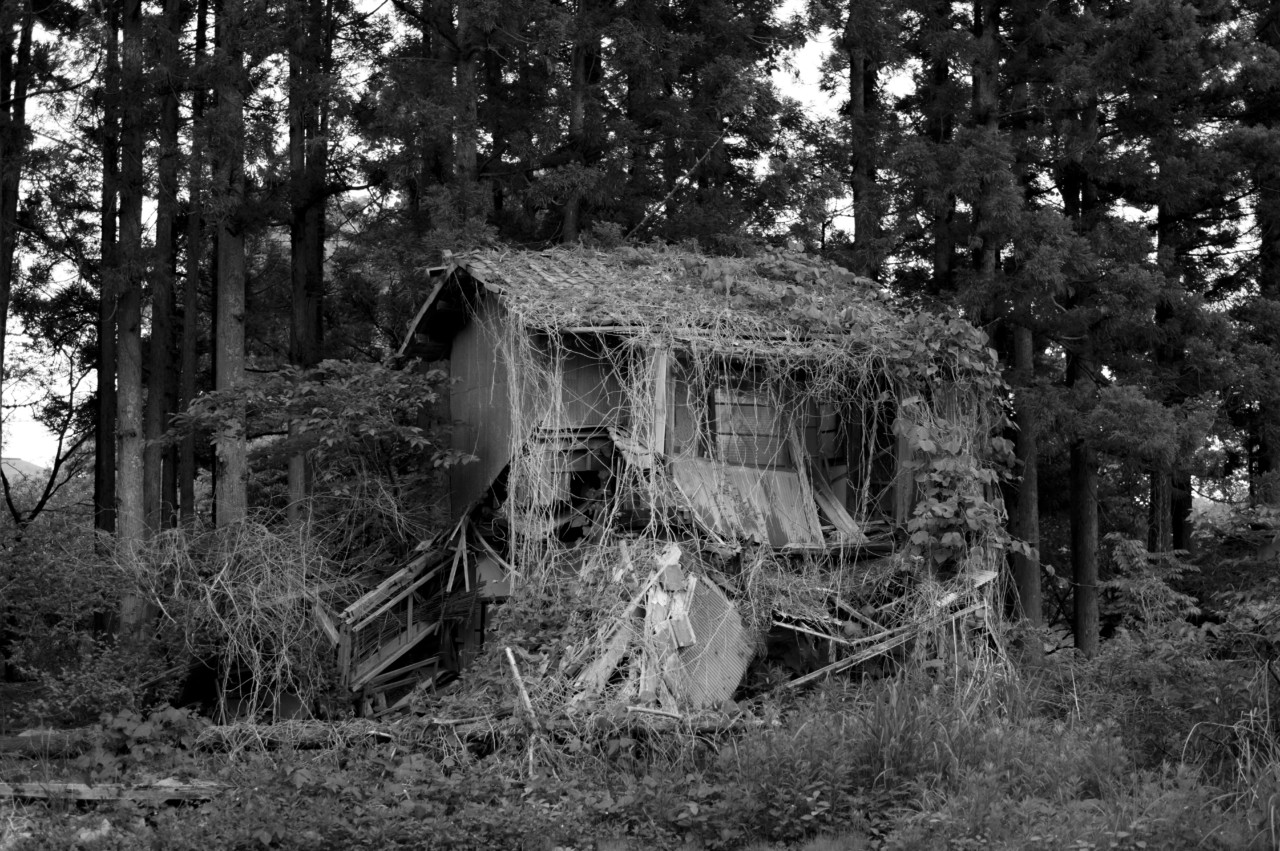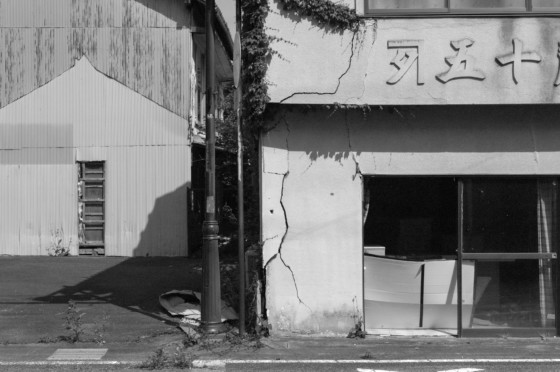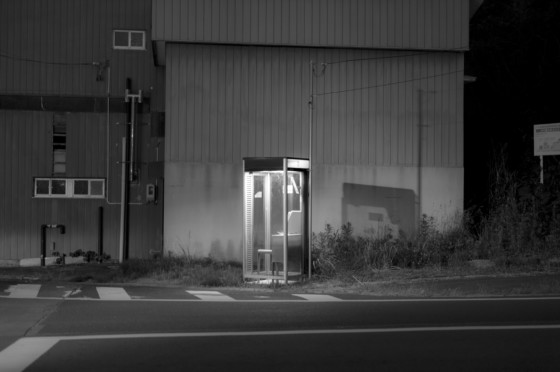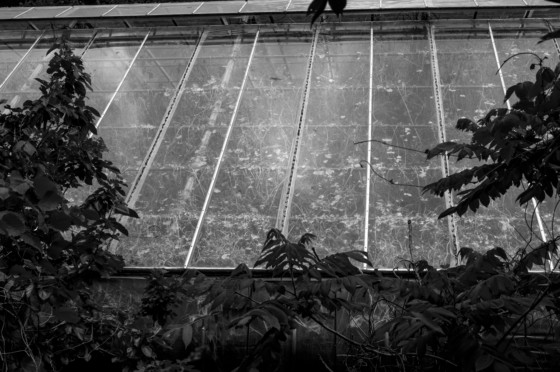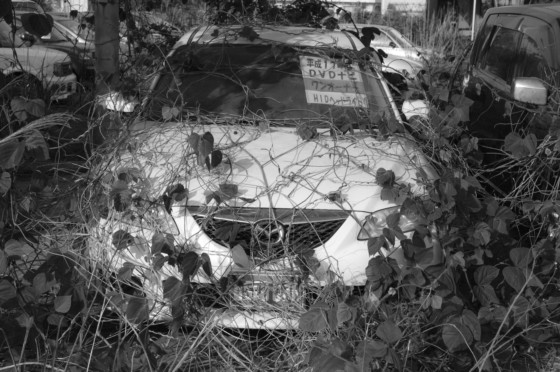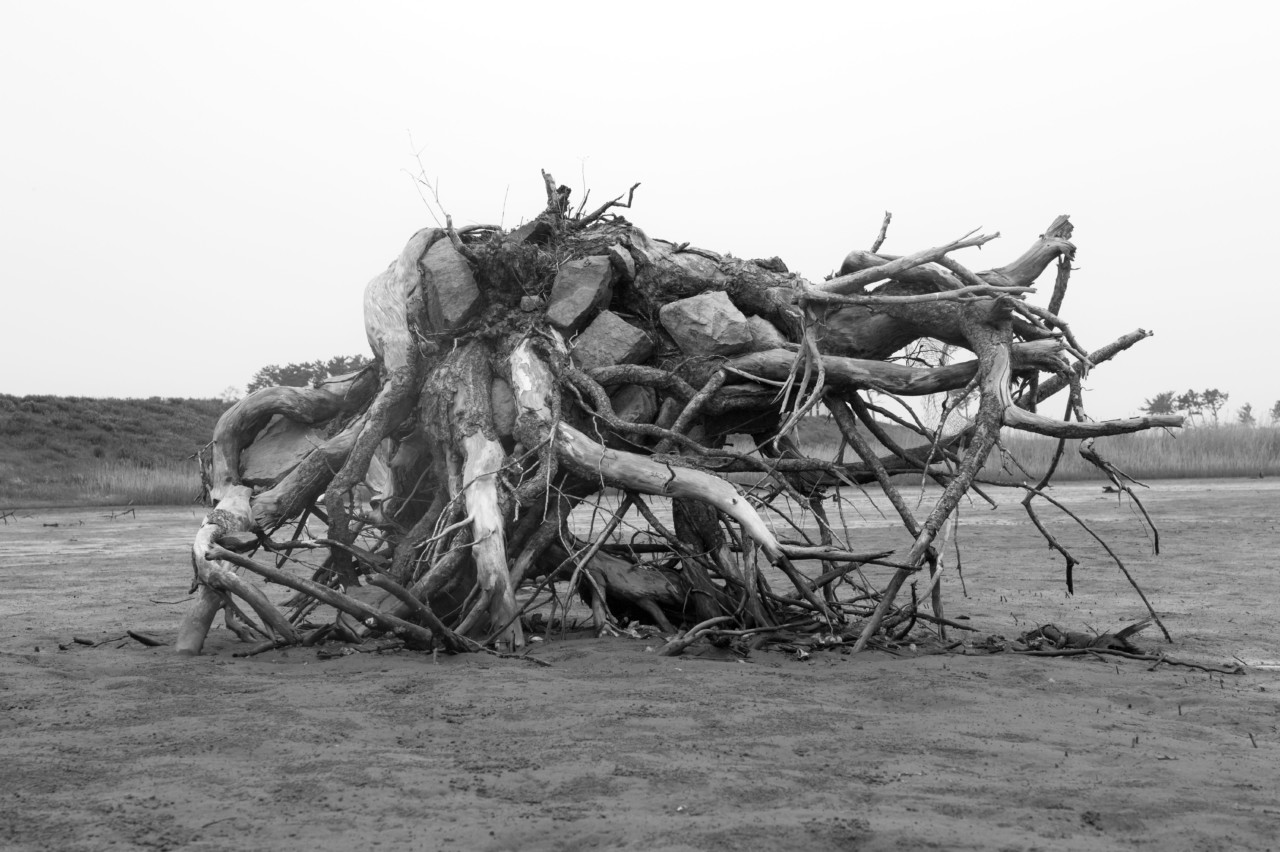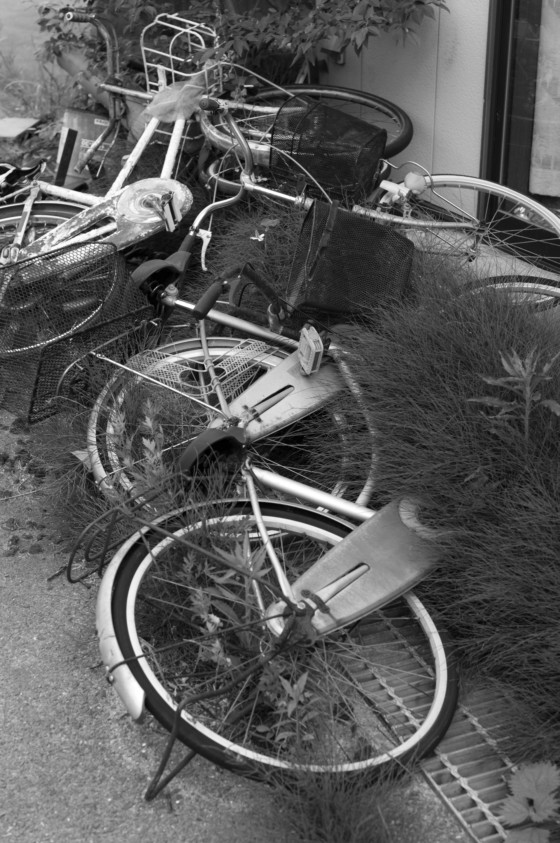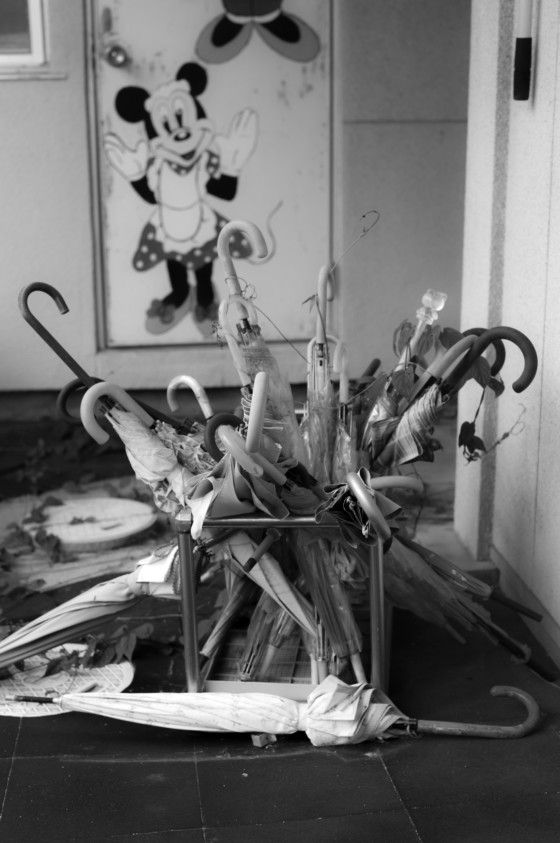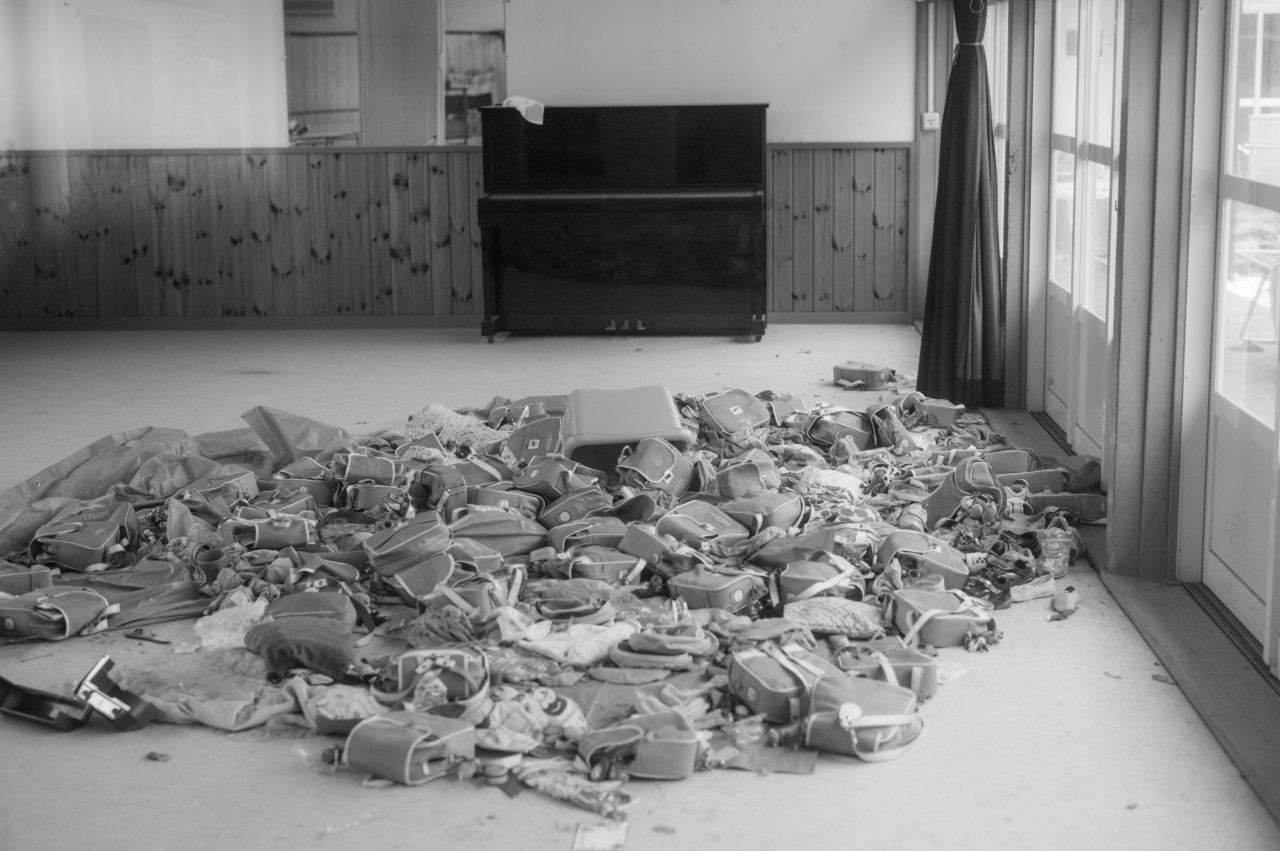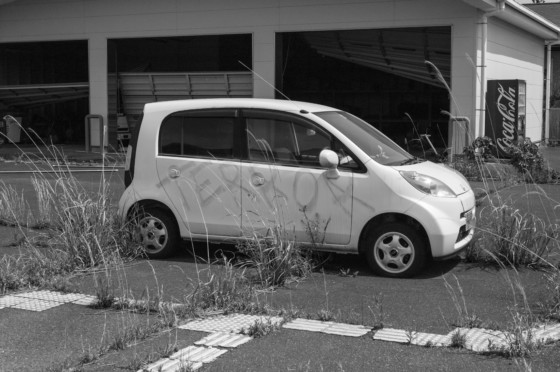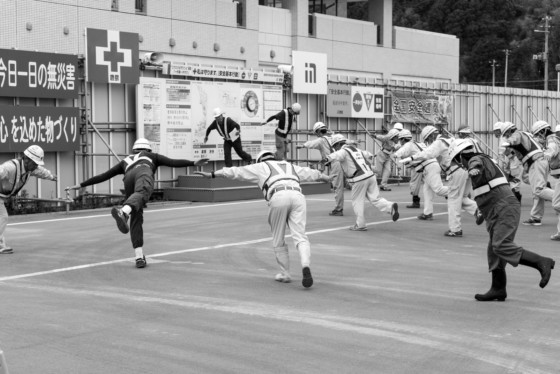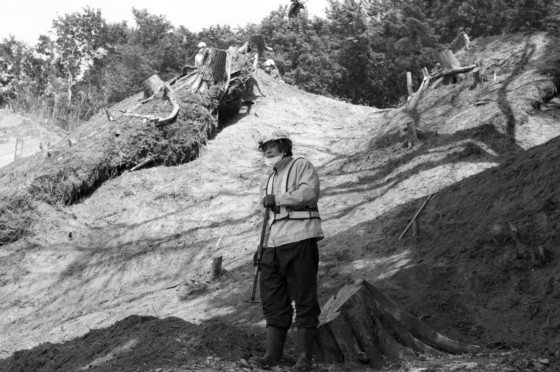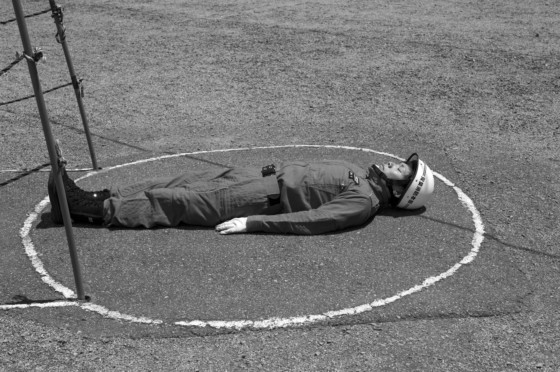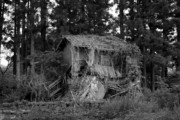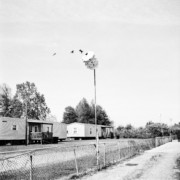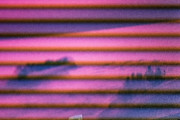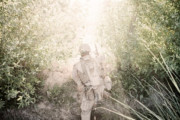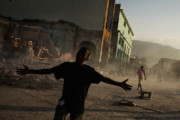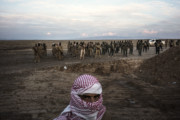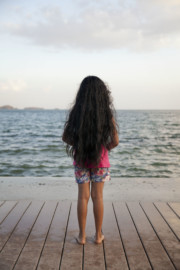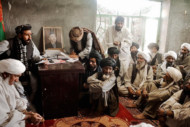Fukushima, Seven Years On
Moises Saman visits the site of the 2011 disaster in Japan, exploring what happens when human presence no longer affects the landscape
Some places become synonymous with tragedy, with catastrophe: Hiroshima, Chernobyl, Flint, Aleppo. On March 11, 2011, Fukushima joined that list. After a 9.0 magnitude earthquake struck Japan, the worst in its history, the nuclear reactors on the Fukushima Daiichi nuclear power plant automatically shut down. A tsunami soon followed, with waves up to 40 meters high; in Fukushima prefecture in northeastern Japan, it disabled the emergency generators intended to provide power to cool those nuclear reactors.
Inadequate cooling led to three nuclear meltdowns. The plant spewed radioactive material for four days, as around 300,000 people fled the surrounding area. Most have never returned. A further 1,600 deaths were attributed to the subsequent evacuation conditions while more than 600 people are expected to die from cancer because of exposure to radiation during the aftermath of the incident.
At the time, photographer Moises Saman wasn’t there — he was photographing the Arab Spring and following the story of Fukushima from a distance. But after moving to Japan in 2016 with his wife, he began wondering what a nuclear disaster would look like, even seven years after the fact. “It was pure curiosity on my part, a desire to see what the area looked like and to understand how a catastrophe of these proportions changes people’s lives,” he says.
Saman has become more interested in the moving image over the past year. For him, Fukushima also provided an opportunity to capture scenes reminiscent of movies where ancient civilizations are unearthed, like Planet of the Apes, and to present visions of a post-apocalyptic city as in 28 Days Later. “In the exclusion zone, everything is still. There are no people, no movement, everything has been frozen in time. I wanted to bring this stillness alive and make it relevant to the present as it exists today,” he says. “This is why I was inclined to shoot film.” For the film, he collaborated with an old friend, the New York-based photographer Jehad Nga.
"Who really has the upper hand — is it man or is it nature?
"
- Moises Saman
Yet the emptiness of the city hardly compared to the overwhelming solitariness of the exclusion zones, which have been left untouched for seven years. “The nature has grown at its own pace, taking over buildings and growing around cars — basically engulfing any obstacle,” he says. It made Saman consider “what happens when human presence ceases to affect the landscape” — something that was particularly moving now that he lives in Tokyo, where it’s difficult to really see the role nature plays in a city.
"Until you actually see it with your own eyes, it’s really hard to translate the magnitude of this event.
"
- Moises Saman
We kept finding animals taking over these villages; snakes in the middle of the road everywhere,” he says. “Things like this really made me reflect on the cycles of life. Who really has the upper hand — is it man or is it nature?”
Saman spent five days in Fukushima and on three of those days, he was able to enter the exclusion zones for six or seven hours — wearing a protective suit and mask. It remains a very controlled zone and Saman needed a lot of paperwork to get in.
“It’s still quite dangerous to spend much time around there because the levels of radiation are high enough that the government doesn’t allow people to return.” There are no plans to allow people to return to some of the villages closest to the nuclear reactor; even the rubble hasn’t been cleared.
The Japanese government have taken the cleanup seriously but it’s not a quick process, particularly since the disaster hit such a densely-populated, industrialized country. It’s estimated to take up to 40 years and in December 2016, the Japanese government nearly doubled its projections for costs related to the Fukushima nuclear disaster to 21.5 trillion yen ($188 billion).
It was an unusual experience for Saman to photograph the aftermath of an event he hadn’t covered at the time. He had seen so many photographs and documentaries that he wasn’t expecting to see anything that he hadn’t seen before — and yet he was struck by the spaces in the exclusion zone that had been left exactly as they were when everyone fled seven years ago.
“Being there and knowing that this radiation is going to linger for hundreds of years, seeing the lives that were up-ended by this event, houses with food still on the table — it’s a powerful thing to see,” he says. “Until you actually see it with your own eyes, it’s really hard to translate the magnitude of this event.”


